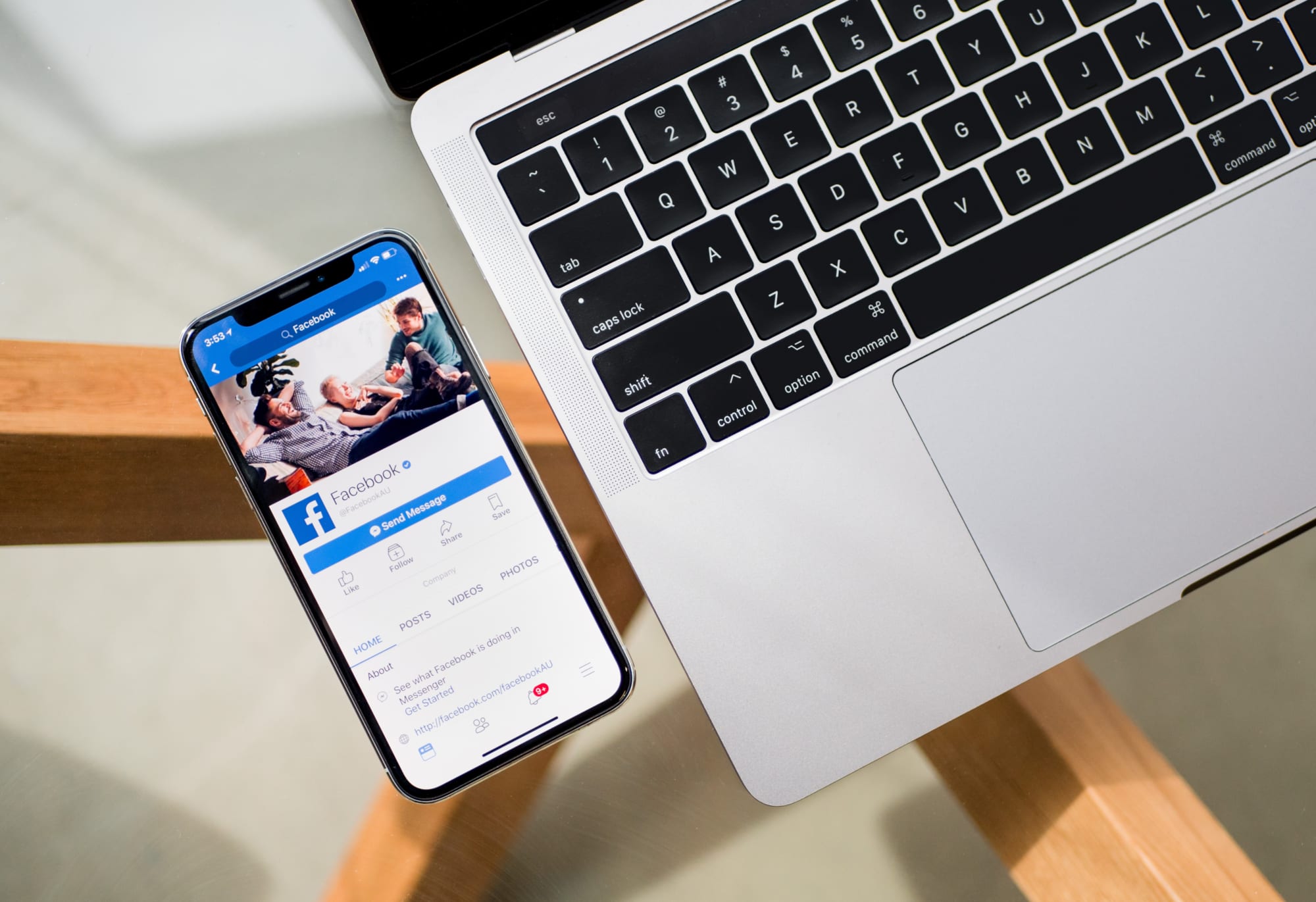10 Proven Ways to Make Your Tweets More Trustworthy [STUDY]

Twitter has fast become not only a very important part of the web as a whole, but also a very integral part to how we consume important and breaking news.
Twitter users are increasingly not only getting updates from those whom they elect to follow, but also by choosing to consume new information by searching for a topic in addition to following accounts.
The Twitter search portal now receives over 1.6 billion (yes, billion) searches a day. Twitter has also added things like “trending topics”, and major search engines have included option to search public social streams (such as Google Real Time).
With all of this potentially important information and news being spread on Twitter, how do users assess what information is reliable and what isn’t?
Fortunately, a recent research study conducted by Carnegie Mellon University reveals those answers.
Does This Really Matter?
You might be thinking, “Does reliability really matter on Twitter? What’s the worse that could happen, I get tricked into thinking a celebrity is dead when they really aren’t?”
While fake celebrity deaths and other pranks taking over Twitter’s trending topic are of little long term concern, what is a concern is the increasing reliance on social media for important news items.
This includes things like
- Natural disasters (and subsequent aid efforts)
- Politics & campaigns
- Breaking news (think: protests, World news, scientific breakthroughs)
While I’ve personally covered studies on what influences users opinions on websites (in particular, blogs) on my research on blog design, social media is a different ballpark (since, by nature, people trust the Twitter website as a whole).
The Study
The study itself included 256 participants, ranging from 18-60 years old (average age of 32). All participants were required to have recently “read tweets” (ie: they used Twitter recently), 91% having read them in the last week, and 74% reading them at least once a day.
They found that people were not very concerned with credibility for users they already follow, and more concerned with tweets & users they encountered via search.
In addition, the results of the study found that people were most concerned with credibility for topics like news, politics, emergencies, and consumer information (product information & reviews).

That last one is especially important for business owners to keep in mind.
Last but certainly not least, the researchers found that there were 10 aspects which made tweets appear more reliable to their participants.
These were then grouped and scored on a scaled form [1-5] on how much of an impact they had, with 5 being the highest.
Let’s dig into their findings, shall we?
What really does make a tweet more trustworthy? Here are the results:
1.) The post was retweeted by someone you trust [4.08]
This is probably the most subjective of all of the measurements from the study, and yet, it’s still no surprise to see it at number 1.
Trustworthiness is a quintessential psychological element of social influence.
Quite simply, trust has been found to be the biggest factor for influencing someone, online or otherwise.

In this example, seeing Hiten Shah, a true startup expert retweet something about startups, immediately adds a huge amount of credibility to the Tweet. And naturally I will be inclined to click through much more frequently.
No need to overthink this one: be trustworthy, don’t link people to suspicious web pages, don’t take advantage of their willingness to follow you to promote garbage (or constant affiliate links), and above all else, only connect yourself, your name, and your brand to projects you are proud of.
2.) The author appears to be (or is) a subject expert [4.04]
Authority has long been a proven technique for increasing influence.
As covered in Cialdini’s classic work that covers the psychology of influence, the concept of Authority is listed as one of the 6 key ways to be more influential.
Reason being, people seem to follow the advice of people they perceive to be as “experts”, even to extremes as found in the Milgram experiment.
On Twitter, positioning yourself as an expert largely has to do with the credentials you outline in your profile, your connecting website, and your following.

Dave Larson from @TweetSmarter has worked over 5 years on becoming the go to expert about all things Twitter and Social Media. It is no surprise that his Tweets, who are always very clearly on topic, are one of the most reshared and clicked on links.
Short version: be focused and work on becoming an expert!
Know that large numbers (such as followers) doesn’t always equal expert status, it’s more about showcasing your accomplishments in the short amount of space you have on Twitter.
3.) You follow the author [4.00]
Clarification here: this means that when you see a tweet via search or a retweet, as obviously you need to be following people to see their tweets.
So, if someone retweets another person’s tweet (with a link to an article), this study has shown that trust is exponentially higher if you already follow the original author.
Clearly another good reason pick up more Twitter followers, beyond the additional clicks and retweets of your content.
4.) Tweet contains URL you’ve clicked through before [3.93]
This finding spells out two implications in my eyes:
- You should be tweeting a few stories from “big sites” (think sources for news, NYTimes etc.)
- You should be working on getting your own site to be recognizable
It’s also been found that full URLs (when seen on Twitter) get more clicks than shortlinks that don’t reveal the address, especially if the person clicking isn’t familiar with you (or your brand).

Given this result, you might want to try throwing in a few articles a week from sites practically everyone had heard of, your favorite newspaper or large media source being a good place to start.
5.) Author is someone you’ve heard of [3.93]
Again with authority, this highlights the importance of building things outside of your Twitter account (you are, aren’t you? ;))
Most importantly, you need to be getting your name out there in your niche, which is far more important to your business than large exposure in any old place.
People often need to see/hear a name or brand multiple times before they remember it, this is called effective frequency.
A good place to start with building your brand/name is with content marketing, including running a blog for your business and investing some time in guest posting.
6.) Account has a verification seal [3.92]
I thought this one was particularly interesting, as I’ve always suspected that a verification seal does have a pretty solid impact.
Nowadays, you don’t have to be a celebrity in a traditional sense to get verified by Twitter, if you can build a fairly influential presence online, you are likely to get invited or able to apply to get verified and have the seal show up on your account.

You’ll notice that a lot of these aspects are based a lot off of what you’ve accomplished outside of Twitter… building authority is a very involved process, and includes much more than building a popular Twitter following!
7.) Author often tweets on the topic [3.74]
This is one of the most actionable aspects of the entire study.
This is because not only does tweeting about a very specific topic help with your credibility and trustworthiness, it’s also good practice for your business to use on Twitter.
You’ll notice that great Twitter brand pages like the KISSmetrics Twitter page always include links from other sites as well as their own, but the focus remains solitary: in this instance, all of the tweets are about analytics & conversions.

The advantage to doing this is that you start to become a resource for those in your niche, and not just a blatant self-promoter of your own content.
The Buffer Twitter account is also “guilty” of using this strategy very well, with links to Twitter + Blogging content from all over the web, making them a great account to follow to get more than just “Buffer updates”.
8.) Author’s tweets frequently include similar content [3.71]
As I mentioned above, this is one of the more interesting aspects for me, as it’s one that is completely under your control.
It seems as though Twitter followers enjoy users who have a “focus” with their Tweets, and it makes sense.
You might read a newspaper to get “the news” on a variety of topics, but do you ever do that with websites?
Do you ever go to Spotify in hopes of watching a video?
Will you head over to SlideShare in order to listen to music?
Similarly, do you visit your favorite Twitter Tips blog (hint: it’s this one ;)) to read articles about fashion or cooking vegan food?
Of course you don’t!
That’s why you need to give your followers what they want: your focus needs to be on promoting content your followers will enjoy reading, and that includes content other than your own stuff.
Creating a Twitter page that becomes a resource for anyone in your niche, and you’ll have “flocks” of followers heading your way with no promotion necessary.
9.) Author’s user image includes a personal photo [3.70]
This is another interesting one, especially for brand pages.
I’d imagine that when you are a huge national brand, this doesn’t really matter as much.
But what if you aren’t?
Some brands which revolve largely around one figurehead (even if in reality they are a run by a multiple person team) can get away with running a “headshot” of their lead member.
You can see this in action on the Copyblogger Twitter page:

If your presence online is really tied to you as a person, it makes sense to do this; if it’s a little more ‘faceless’ (see: the KISSmetrics blog, consisting of mostly guest posts), it’s better to use your brand’s logo.
Overall though, I would take this data as a sign that personal accounts are important in addition to brand accounts; I wouldn’t go around changing your brand accounts to have a ‘face’ in them, better to promote your brand, which is what your Twitter page should ideally be about.
10.) Author is often mentioned or retweeted [3.69]
Last on our list of influence, and I believe rightfully so, as this one is simply the culmination of those mentioned above.
An expert who provides a quality resource on their Twitter page, who tweets consistently about reliable, informative content, is simply bound to be mentioned and retweeted often.
Don’t focus on retweets and mentions all that much: focus on creating an influential and useful Twitter page, and these results will come naturally.
The Psychology of Being Influential on Twitter
I’ve noticed throughout this study that a lot of the aspects of a “trustworthy” Tweet or account has a lot to do with the 6 principle of “Influence”, noted by Robert Cialdini.
Specifically, 5 of the 6 pillars of influence are especially prevalent in the characteristics of a trustworthy account or tweet:
Social Proof: Simply enough, people look towards others very often in determining what to do (and if something is trustworthy).
Noted in the study are quite a few examples on the importance of authority and “proof” of that authority, specifically, aspects like the “Verification Seal” have been shown to be excellent forms of social proof on Twitter, along with a healthy following and numerous mentions and tweets about the author.
Reciprocity: This comes in the form of “giving” people something.
On Twitter, this is present in tweeting about quality content.
This includes both your own content and that of others, you need to be providing value on Twitter for your followers if you hope to keep them engaged (no more buzzwords, I promise ;)).
Create a resource and people will reward you with retweets and increase clickthroughs to your links: you’ve earned it by providing value to them.
Commitment and Consistency: One of the most obvious connections from “Influence” to this Twitter study was the importance of consistency: giving people similar content over time was shown to increase trustworthiness.
If you constantly tweet about sociology, social psychology or psychological research, you will begin to be seen as a trustworthy resource on those topics.
However, if you extend your reach and start tweeting about men’s fashion, dog training and celebrities, you’ll be seen as a jack of all trades and a master of none, and thus not as trustworthy on any one topic (and you’ll likely be viewed as a spammer).
Dominate your niche with commitment and consistency, and you’ll be rewarded with influence.
Authority: Another obvious connection to make from Cialdini’s book and this study is with the importance of authority.
People will tend to obey authority figures, even under some conditions where it is more than obvious that they shouldn’t.
Take this crazy story on ‘Authority’: A doctor was once working with a patient who was having ear problems, when all of a sudden he was called away to an emergency in the ER and was forced to leave hasty instructions for the nurse.
He ended up writing: “Patient needs medication (it was a liquid) in R Ear”.
What he meant was the patient needed the medication applied to his Right Ear (R Ear).
Instead, the nurse, not questioning the doctor’s apparent instructions on the note, applied the medication to the patient’s REAR!
The patient didn’t even bother to speak up, even though he knew it was ear problems he was having!
Authority is a huge aspect of being trustworthy, enough to result in crazy examples as described above, so make sure you are building authority with your brand (just don’t go giving medical advice ;)).
Liking: Is it any surprise that people find people they “like” to be more trustworthy?
Not at all, and in fact, that’s one of the main advantages to social media marketing: really connecting with your customers.

Companies go all out in order to be seen as “likable” these days on social media, the above being a fairly funny example of this.
We’ve also noted in the study that people trust accounts with actual photos more than a logo in many instances: it’s easier for people to like other people than it is for them to like brands.
Some bigger Twitter accounts I know like to use things like “Quotables” and other bite sized tweets (that don’t include links) to better connect with their followers: your content doesn’t always have to be promotional in order to have an effect.
Over To You
Only one question today…
What characteristics do YOU look for when deciding to trust an author or an individual tweet?
Any warning signs you tend to avoid?
—
About the Author: Gregory Ciotti is a content marketing manager at Help Scout, the help desk software built for

companies who insist on delivering an exceptional customer experience.
Try Buffer for free
140,000+ small businesses like yours use Buffer to build their brand on social media every month
Get started nowRelated Articles

In this article, Nupur Mittal shares insights into four research methods that help her find content ideas and identify unique takeaways.

Facebook marketing in 2019 isn’t dead. On the contrary, it’s far from it. Now removed from the dim outlook that businesses faced at the beginning of 2018, Facebook has and will remain an essential tool for brands’ marketing strategies moving forward. In our big State of Social Media 2019 Report, we found that 93.7 percent of businesses use and are currently active on Facebook — the most among any other social media network. And although we continue to see a dramatic rise in the usage
